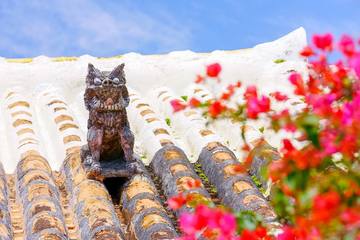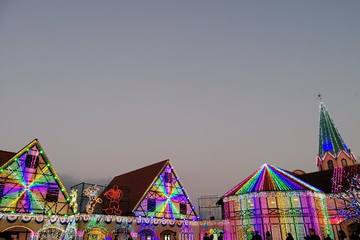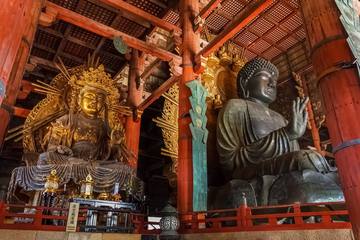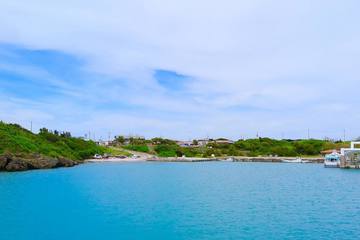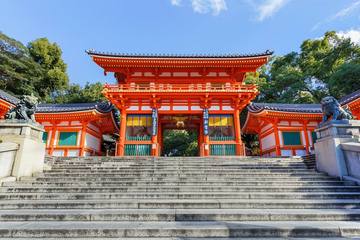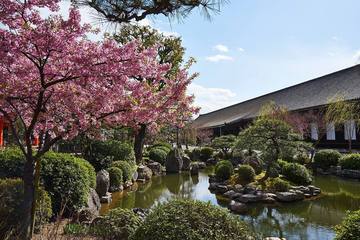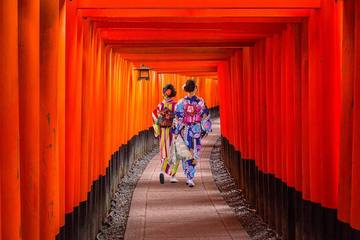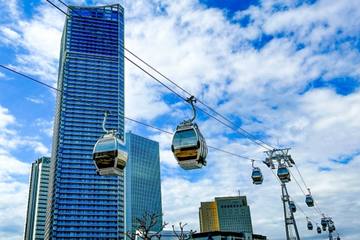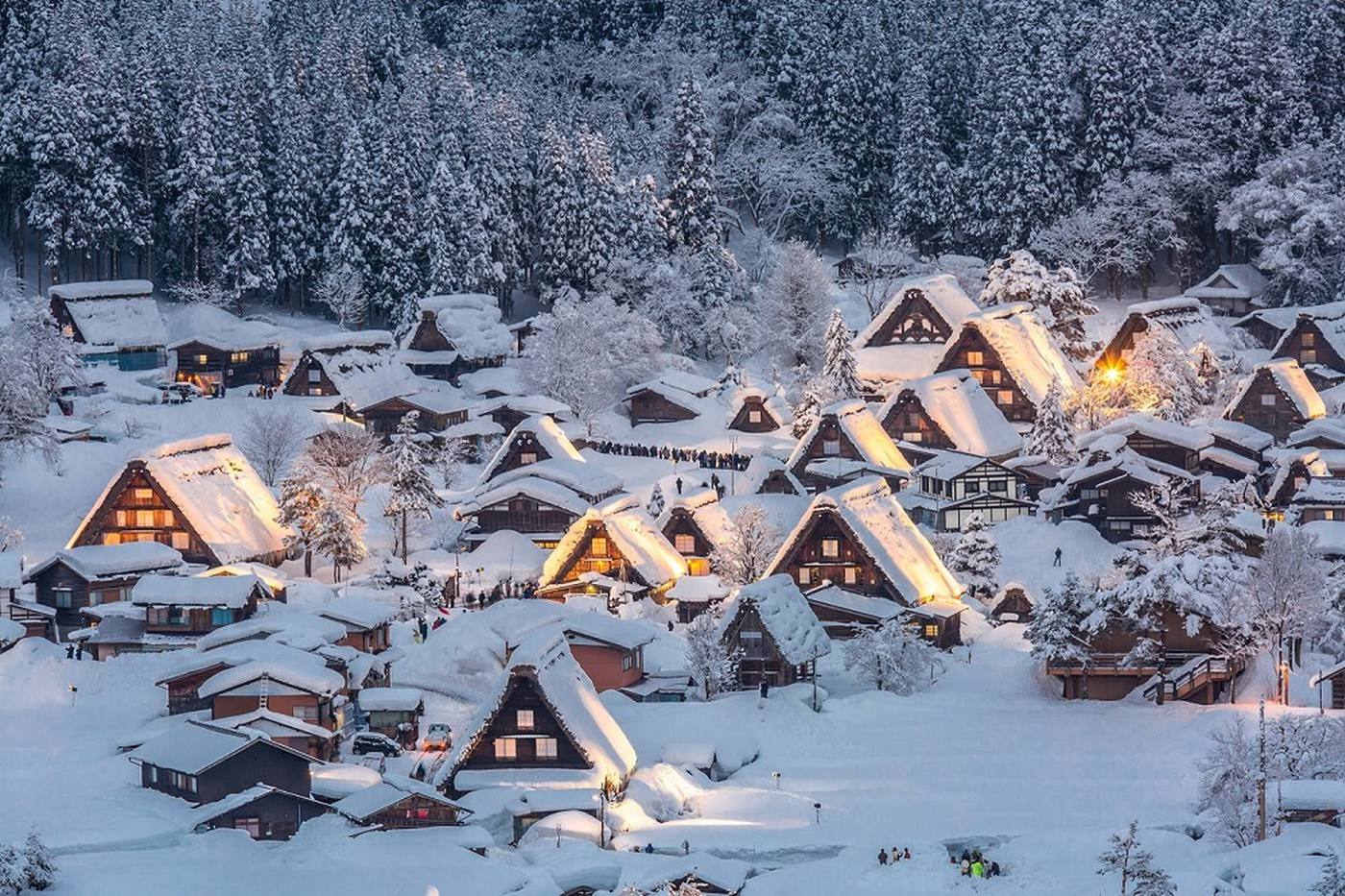
Basic Information and Guide to Enjoying the World Heritage Site "Shirakawa-go"
A Translation for an American Audience:
Discover the Serene Beauty of Shirakawa-go, Gifu Prefecture's Traditional Gassho-Zukuri Village. It's a Popular Tourist Destination that Preserves Japan's Pristine Landscape.
Shirakawa-go, located in Gifu Prefecture, is a charming village renowned for its traditional gassho-zukuri farmhouses. This picturesque destination attracts numerous tourists from both within Japan and around the world throughout the year.
In this article, we will introduce you to the best ways to enjoy Shirakawa-go and recommend popular sightseeing tours based on your departure location. Whether you're considering a trip to Shirakawa-go or planning your first visit, this guide is tailored for you!
*This article is translated using ChatGPT.
For the latest information on each tourist spot and facility, we recommend checking the official website.
- 日本 、岐阜県
INDEX
Best Seasons for Tourism and Clothing
Autumn (September to November)
Recommended Spots in Shirakawa-go
Scenic Viewpoint of the Village - Ogimachi Castle Ruins Observatory
Representative House of Shirakawa-go - Wada House
The Only Natural Hot Spring in Shirakawa-go - Shirakawago-no-Yu
Travel by Train or Highway Bus
Discover Shirakawa-go, the Quaint Homeland of Japan, A Must-Visit Destination in a Lifetime
Basic Information
What is Shirakawa-go?
Shirakawa-go is a district located in the Ogimachi area of Shirakawa Village, Ono District, surrounded by steep mountains in the northern part of Gifu Prefecture's Hida region. This rural village preserves over 100 gassho-zukuri farmhouses, creating a picturesque landscape reminiscent of traditional Japan. Recognized for its architectural value and the beautiful rural scenery representing Japan's original landscape, it was registered as a UNESCO World Heritage Site (Cultural Heritage) along with Gokayama in Toyama Prefecture in 1995.
In the Ogimachi district, you can find gassho-zukuri houses, as well as traditional buildings such as temple main halls, monks' quarters, and storehouses. The gassho-zukuri village attracts many tourists from both within Japan and abroad, and the traditional way of life continues to thrive, preserving the historic village.
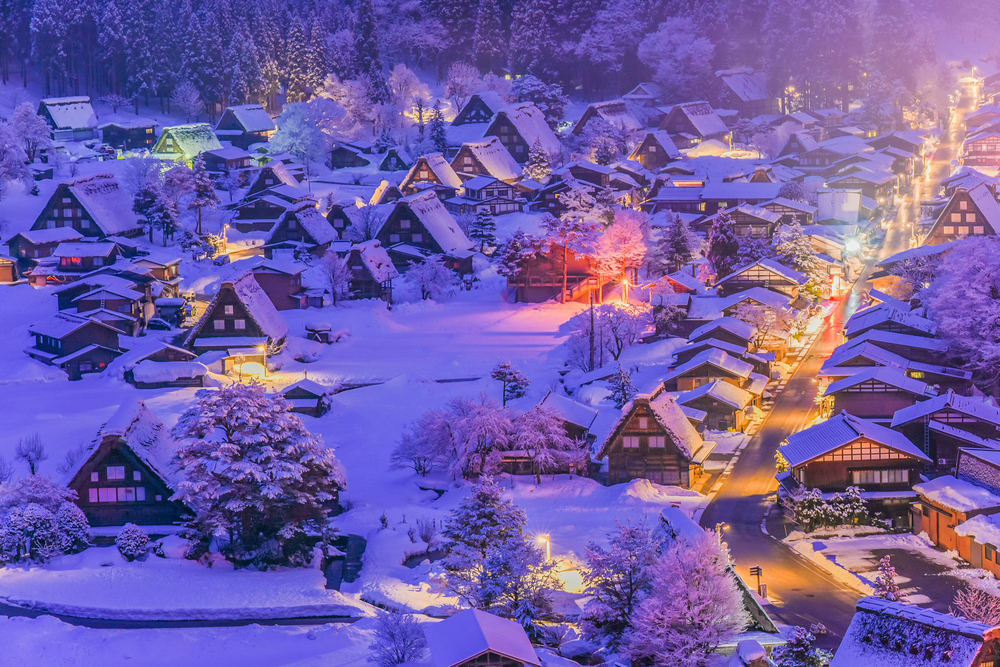
What is Gassho-zukuri?
Gassho-zukuri refers to the architectural style of houses that resemble hands placed together in prayer, giving them their name. It is a unique Japanese construction style where wooden beams are combined in a triangular shape to create houses with steep thatched roofs suited for heavy snowfall in snowy regions.
The thatched roofs are about 30cm to 50cm thick and designed with a steep slope to minimize the weight of snow. In the past, sericulture was a major industry in Shirakawa Village, and the attics of gassho-zukuri houses were used as silkworm breeding areas. Additionally, on the ground floor, there were active salt production facilities as part of the direct domain business of the Kaga Domain. Some gassho-zukuri houses now offer public access to their interiors, allowing visitors to learn about the construction, sericulture, and salt production associated with gassho-zukuri architecture.
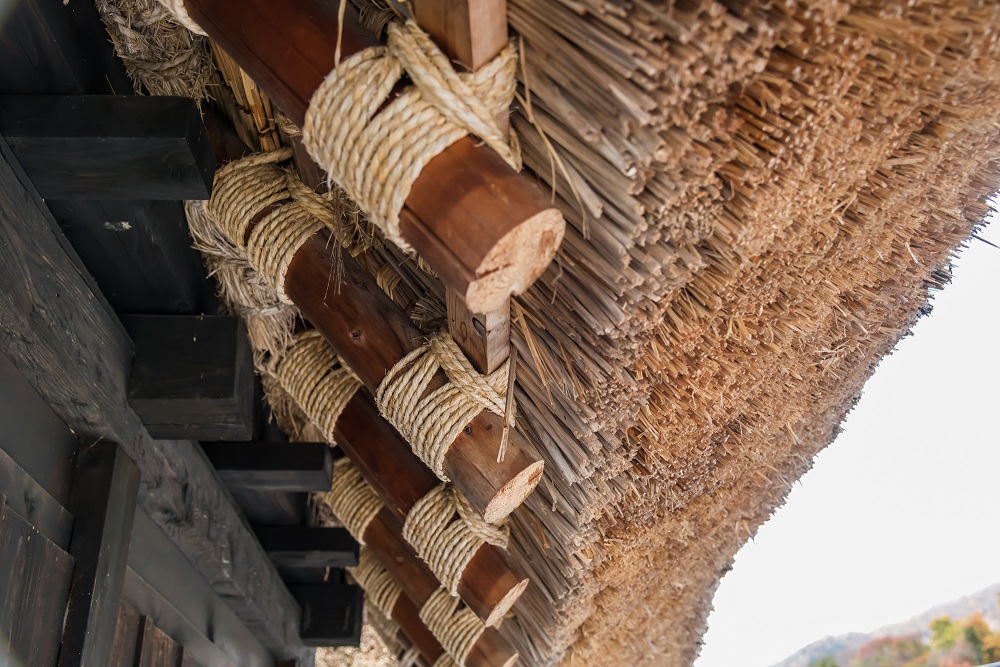
Best Seasons for Tourism and Clothing
Shirakawa-go offers a variety of landscapes throughout the year, allowing visitors to enjoy the changing seasons. You can encounter scenes that evoke the essence of traditional Japan, such as fresh greenery, autumn foliage, rice fields, and snowy landscapes.
Spring (March to May)
In March, temperatures gradually rise and the snow starts to melt. Cherry blossoms bloom from mid-April when the last traces of snow have disappeared, and they are in full bloom until early May. At the end of May, the "Rice Planting Festival" takes place, where women dressed in traditional attire plant rice seedlings by hand while singing traditional rice-planting songs.
◎ Clothing
Until mid-March, it can still be quite cold, so it's best to dress for the chilly weather. As April arrives, it gradually becomes warmer, but there can be temperature variations throughout the day, such as between daytime and early morning, so it's recommended to bring a jacket or cardigan for layering.
Summer (June to August)
During the lush green period in June, vibrant greenery spreads across the village. In July, the rice fields surrounding the gassho-zukuri houses are filled with lush green rice plants, creating an even more vibrant landscape. Experience the powerful energy of nature in Shirakawa-go, with rice fields filled with abundant greenery and sunflowers blooming under the blue sky.
◎ Clothing
The temperatures can reach similar highs as Tokyo or Osaka, so regular summer attire is sufficient. As Shirakawa-go is located in mountainous areas, you can feel a cool breeze blowing down from the mountains.
Autumn (September to November)
As September arrives, temperatures start to drop, and golden rice fields signify the arrival of autumn. From mid-October to mid-November, the village is adorned with beautiful autumn foliage, creating a stunning scenery in shades of autumn colors. Additionally, to protect the gassho-zukuri village from fires, a ceremonial event called "Issaihosui" takes place at the end of October to early November, where water is sprayed onto the houses.
◎ Clothing
Autumn arrives a bit earlier in Shirakawa-go compared to urban areas, and there can be temperature differences between early morning, daytime, and evening, even in September. It's recommended to have a layering item to put on. As the cold intensifies from October to November, it's advisable to have autumn clothing such as sweaters.
Winter (December to February)
During the snowy season from early December to early March, the gassho-zukuri village is covered in a breathtaking, pristine white landscape. Illumination events are held in January and February, attracting many tourists.
◎ Clothing
Shirakawa-go is one of Japan's snowiest regions, with many days experiencing below-freezing temperatures. Warm innerwear, down jackets, gloves, and knit hats are essential for staying warm. Waterproof and insulated boots are recommended for footwear instead of sneakers.
Recommended Spots in Shirakawa-go
Scenic Viewpoint of the Village - Ogimachi Castle Ruins Observatory
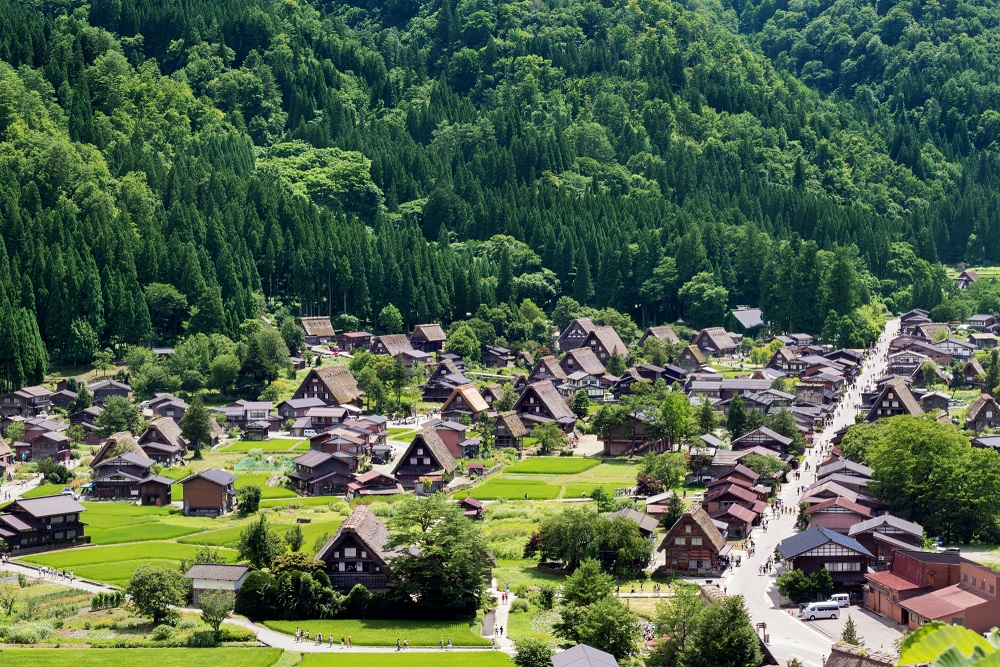
This observatory offers a panoramic view of the entire Shirakawa-go village, which is often featured in advertisements and brochures. Located in the northwest section of the Ogimachi Castle Ruins, a typical medieval mountain castle with steep cliffs, it is accessible within a 20-minute walk from the Shirakawa-go Gassho Village or a 10-minute shuttle bus ride.
Representative House of Shirakawa-go - Wada House
Wada House is a 300-year-old thatched gassho-zukuri house, considered to be representative of Shirakawa-go, built during the mid to late Edo period. The surrounding environment, including the garden, hedges, fields, and waterways, is well-preserved, and it is registered as an Important Cultural Property by the national government. It flourished during the Edo period as the residence of village leaders and officials and played a vital role in the trade of gunpowder and raw silk, important sources of income for Shirakawa-go. While it is still used as a residence, the first and second floors are open to the public.
- Opening Hours: 9:00 AM - 5:00 PM
- Closed: Irregular closing days
- Admission Fee: Adults 300 yen / Children 150 yen
Introduction to the Lifestyle and Culture of Shirakawa-go - Gassho-zukuri Minka-en (Thatched Gassho-zukuri House Village)
The village faithfully replicates the scenery of Shirakawa-go, with 25 gassho-zukuri houses, including 9 prefecturally designated important cultural properties, being preserved and open to the public. In addition to the main houses, there are shrines, temple main halls, and waterwheel sheds, creating an enjoyable experience similar to a theme park. Alongside the permanent exhibition hall, there are facilities such as storytelling halls, resting places, and soba workshops, allowing visitors to leisurely learn about the history and culture of Shirakawa Village.
- Opening Hours: March to November 8:40 AM - 5:00 PM / December to February 9:00 AM - 4:00 PM
- Closed: April to November - Open every day / December to March - Closed on Thursdays (Closed on the day before national holidays)
- Admission Fee: Adults 600 yen / Children 400 yen
The Only Natural Hot Spring in Shirakawa-go - Shirakawago-no-Yu
This natural hot spring facility is located in the Shirakawa-go Gassho Village. In addition to indoor baths, it features a jet bath, dry sauna in the men's bath, mist sauna in the women's bath, and an open-air bath with a beautiful view of the Hakusan Mountain Range, gassho-zukuri village, and the Shogawa River below.
- Address: 337 Ogimachi, Shirakawa Village, Ono District, Gifu Prefecture
- Opening Hours: 7:00 AM - 9:30 PM
- Closed: Thursdays (Opening hours start at 3:00 PM on Fridays)
- Admission Fee: Adults 700 yen / Children 300 yen (Ages 4-12)
Access Information
Travel by Train or Highway Bus
From Kanazawa: Kanazawa Station to Shirakawa-go Bus Terminal: Highway Bus, approximately 1 hour and 20 minutes
From Nagoya: Nagoya Meitetsu Bus Center to Shirakawa-go Bus Terminal: Highway Bus, approximately 2 hours and 30 minutes
From Osaka: Osaka Station to Kanazawa Station: JR Thunderbird Limited Express, approximately 2 hours and 40 minutes Kanazawa Station to Shirakawa-go Bus Terminal: Highway Bus, approximately 1 hour and 20 minutes
From Tokyo: Tokyo Station to Toyama Station: Hokuriku Shinkansen, approximately 2 hours and 15 minutes Toyama Station to Shirakawa-go Bus Terminal: Highway Bus, approximately 1 hour and 20 minutes
Travel by Car
From Kanazawa: Kanazawa to Shirakawa-go IC: Hokuriku Expressway, approximately 1 hour and 5 minutes Shirakawa-go IC to Hida Shirakawa: National Route 156, approximately 5 minutes
From Nagoya: Nagoya to Sogo IC: Tokai Hokuriku Expressway, approximately 1 hour and 30 minutes Sogo IC to Hida Shirakawa: National Route 158 to National Route 156, approximately 45 minutes
Parking Information
- Use the public parking lot "Municipal Seseragi Park Parking Lot"
- Capacity: Large-sized vehicles - approximately 40 spaces / Regular-sized vehicles - approximately 200 spaces / Motorcycles allowed
- Parking Fees: Buses/Mid-sized buses - 3,000 yen / Regular-sized vehicles - 1,000 yen / Motorcycles - 200 yen
- Opening Hours: 8:00 AM - 5:00 PM
Discover Shirakawa-go, the Quaint Homeland of Japan, A Must-Visit Destination in a Lifetime
Surrounded by mountains extending from Mount Haku, the gassho-zukuri village of Shirakawa-go is scattered along the terraced banks of the Shogawa River. Why not embark on a journey to encounter the landscapes of old Japan? As there are no train stations near Shirakawa-go, it is recommended to use Kanazawa or Hida Takayama as bases and take a highway bus or join a guided tour.
While exploring the traditional houses and rural scenery, please remember to visit with respect for the local residents who continue their lives in this region.
*Thank you for reading the article!
To improve YOKKA's service, we kindly request your participation in a survey below.
YOKKA


